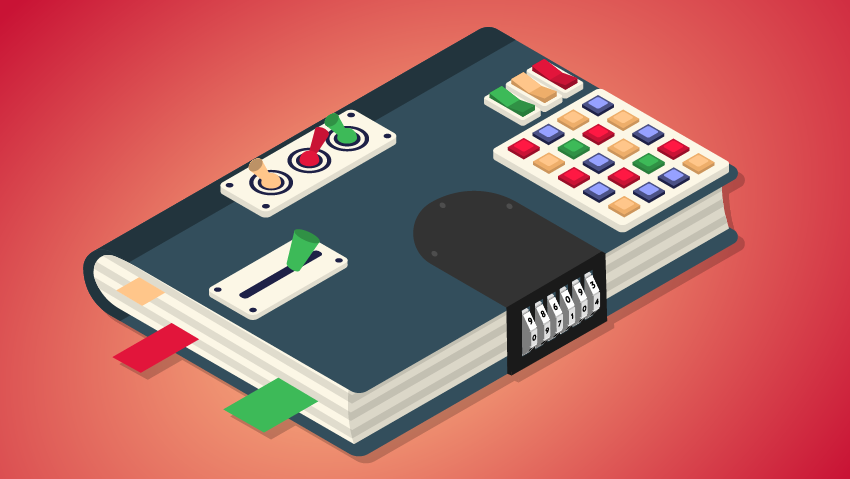The end goal of any eLearning course is to have the learner finish knowing new information. While interactive training can increase learner retention and generally aids in this process, you don't want to overdo it and make the learning experience focus more on the interactivity than the knowledge you’re trying to convey.
A good eLearning uses interactivity to aid the learner, not distract them. The trick is finding the right balance. Here are some thoughts on how to keep your training on track, while still making it engaging.
Choosing the right interactive
Make an interactive page that matches the intended objective for your content. Don't try to force your content into an activity that doesn't make sense. For example, flashcard interactives are a good tool for learning terms and definitions, but they wouldn’t necessarily make sense for things where the learner only needs to know one side of the card. The point is that they see what’s on the front, stop and think about it for a second, and then when they click the card to flip it, associate that concept with what’s on the back.
Choosing an interaction that closely relates to the concept that you're teaching, however, can help reinforce your content and make it easier for a learner to close the gap between what they learned in training and how to use what they learned in a real-life situation. For more information on creating immersive learning, check out our blog on the topic!
Not everything needs to be clicked
Don’t overwhelm your training with interactives. Be selective about when and where you are pausing the content to make the user click something. A break in the flow of information can be a good thing when it gives your learner time to process what they’ve seen. However, if you interrupt them too often, the learner might have difficulty remembering the content. Ask yourself, if part of your content only exists to have something to click on, is it really helping? This goes for all types of interactives – don't hide content behind click spots and expandable UI if it would be better served to be all on screen at once.
The main menu is your main menu
How many clicks does it take to get to the content your learners need to see? Keep your content organized with high level menu items. It can be confusing to drill down through submenus to reach the actual content because in that time the user has forgotten what they’re supposed to be looking for. Someone should be able to look at the topic you are covering and know from a glance the main points they will need to know when they are done with the training. They should be able to find parts they may want to see again easily and quickly. A menu system should be like a table of contents, not a folder structure.
Build your course like you would the chapters of a book. Each menu item should lead to a distinct, identifiable concept. If the concept it particularly large or complicated, add a submenu, but think very carefully about it. You want your topics to be broad and explanatory, save the niche and focused concepts for the actual pages.
When reviewing your content, ask yourself, is your interactivity there to keep the learner’s attention and reinforce concepts? The best method for increasing learner retention is to get them thinking critically. However, if every single page is a critical thinking exercise, your learner may get overwhelmed and actually struggle more. When designing your training, identify key concepts that you really want your learner to takeaway and focus on making those exercises more interactive and engaging.
Still have questions? Drop us a line or leave a comment below!


